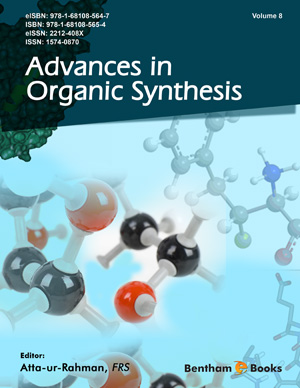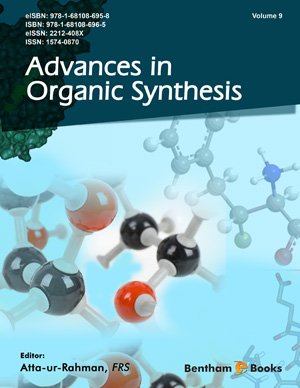Abstract
Ca-Cσ-bonds containing organocalcium compounds are prepared from
different synthetic methods. Several difficulties and challenges are encountered before,
during and at the end of the reaction.
Organocalcium derivatives are insoluble in common organic solvents and show
degrading properties. Ethers are the solvents of choice and THF gave the best results.
The products are generally ethereal six-coordinated calcium centers (L4CaRX), with a
Ca-C bond length of around 250 pm, depending on many factors.
Arylcalcium derivatives are the easiest to prepare and are more stable than the other
organocalcium compounds because of the conjugation effect phenomena. Ethereal
solvents have a slight influence on the Schlenk-equilibrium type between RCaX or
CaR2
and CaX2
.
Almost all types of the main classes of σ-bond containing organocalcium derivatives
are synthesized. Calcium carbon double bond was never formed.
X-ray analysis is the best technique for the characterization of crystallizable
organocalcium compounds. The 43Ca NMR does not provide interesting information
about the structures. The 13C and 1H NMR data constitute an interesting tool that
contributes the elucidation of the structure of the organocalcium compounds, especially
for the non-crystalized compounds.
Reactivity, chemical behaviour and 13C NMR chemical shift values of organocalcium
complexes exhibit more similarities to the organolithium rather than the
organomagnesium derivatives and were explained on the basis of their comparable
electronegativity values.
Keywords: 43Ca NMR, Acidity of α-hydrogen atoms, Activated calcium, Aliphatic carbanion nucleophilicity, Alkyl halides, Calcium carbon double bond, Calcium ligand coordination, Catalytic properties, Complex cation exchange., Insertion reaction, ipso-carbon atom, Lewis acidity of calcium species, Monomeric coordination species, Schlenk-equilibrium, Six-coordinate calcium centers, Synthetic challenges, The Ca-C bond length, THF, Wurtz coupling, X-ray




















